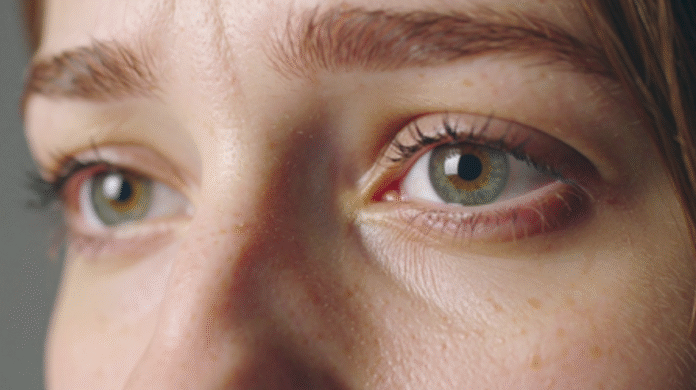NEW DELHI– The timing of eye contact plays a crucial role in how we communicate—not just with people, but with robots as well—according to a new study led by researchers in Australia.
Scientists at Flinders University’s HAVIC Lab (Human, Artificial + Virtual Interactive Cognition) found that the sequence and context of eye movements significantly influence how we interpret social cues, even when interacting with machines, Xinhua reported.
“Our findings have helped decode one of our most instinctive behaviors and how it can be used to build better connections—whether you’re talking to a teammate, a robot, or someone who communicates differently,” said cognitive neuroscientist Dr. Nathan Caruana, who led the study.
In a trial involving 137 participants, researchers discovered that the most effective non-verbal cue for requesting assistance was a specific gaze sequence: looking at an object, then making eye contact, and finally returning to the object. This pattern prompted similar responses whether participants were interacting with a human or a robot.
Caruana emphasized that it’s not just the frequency of eye contact, but when and how it happens that makes it meaningful. “People respond to social signals even from machines. By better understanding these cues, we can improve how we connect—with each other and with technology,” he said.
The study, published in Royal Society Open Science, suggests that programming human-like gaze behavior into robots and virtual assistants could make them more intuitive and effective communicators.
Beyond robotics, the research holds potential for high-pressure environments like sports, military operations, and noisy workplaces—settings where verbal communication may be limited. It could also enhance communication strategies for individuals who rely on visual cues, including autistic and hearing-impaired people.
The HAVIC Lab is continuing its research into how gaze duration, repetition, and perceptions about whether a partner is human or AI affect how eye contact is perceived and processed. (Source: IANS)












